Cannabis drink culture isn't a modern invention; it's a tradition steeped in millennia of human history. Archaeological evidence traces cannabis cultivation back to at least 3000 years ago in Taiwan, where early societies likely incorporated it into beverages for both practical and spiritual purposes. In ancient China, records from before the Common Era document its use in medicinal teas and elixirs, blending the plant with herbs to treat ailments like pain and inflammation. Egypt and Greece followed suit, with Herodotus noting cannabis-infused drinks in rituals, while Roman scholars like Pliny the Elder referenced its therapeutic properties. Perhaps most famously, in India, bhang—a milky cannabis concoction—has been consumed for centuries during festivals like Holi, serving as an anesthetic, anti-phlegmatic agent, and entheogen to induce spiritual experiences. This Vedic-period practice, dating back over 2000 years, highlights how cannabis drinks were integral to religious and social ceremonies, far removed from today's recreational stigma. Even in the Islamic world, by the 14th century, restrictions emerged, underscoring the plant's widespread use in beverages across cultures. Interestingly, cannabis and hops—key in beer—share a common ancestor from 27 million years ago, suggesting ancient brews might have blurred lines between the two. These historical sips reveal a global tapestry where cannabis drinks fostered community, healing, and transcendence.
The Modern Renaissance: Revival in the 21st Century
Fast-forward to today, and cannabis drink culture is experiencing a vibrant revival, propelled by legalization waves and shifting perceptions. Once confined to counterculture—think hippies and hip-hop scenes—the scene has mainstreamed, with beverages leading the charge. In the U.S., states like California and Colorado pioneered infused drinks post-2018 Farm Bill, allowing hemp-derived THC products to flourish nationwide. Canada followed suit, legalizing edibles and drinks in 2019, sparking innovation in non-alcoholic alternatives. This renaissance isn't just about getting high; it's a response to the sober-curious movement, where consumers seek buzz without booze's baggage. Sales of alcohol-free options, including cannabis-infused ones, are surging as people prioritize wellness. Brands like Keef Cola and Uncle Arnie's are household names, blending nostalgia with nanoemulsion tech for faster onset—effects in 15-30 minutes versus edibles' hour-plus wait. This tech emulsifies cannabinoids into water-soluble forms, making drinks more palatable and predictable. The culture now embraces inclusivity, appealing to parents, professionals, and wellness enthusiasts who view these sips as sophisticated social lubricants.
A Toast to Variety: Exploring Types of Cannabis Drinks
Diversity defines today's cannabis beverages, catering to every palate and purpose. Sparkling seltzers and waters dominate, infused with THC or CBD for a light, refreshing high—think tropical blends like mango or herbaceous infusions with lavender. Popular brands offer low-dose options, such as 2-5mg per can, ideal for microdosing. Teas and elixirs echo ancient roots, with CBD-heavy varieties promoting relaxation without psychoactivity. For beer lovers, alcohol-free cannabis "beers" mimic hops' bitterness using terpenes, while wine alternatives provide earthy notes. Colas like St. Ides THC-infused sodas nod to classic flavors, and mocktails blend fruits with cannabinoids for cocktail-hour vibes. Trends lean toward functional drinks: wellness elixirs with adaptogens for stress relief or energy boosts. Customizable drops allow DIY mixing, turning any beverage into a cannabis one. This variety isn't accidental; it's driven by consumer demand for discreet, calorie-conscious options—many under 30 calories per serving, far lighter than alcoholic drinks.
The High Society: Social and Cultural Shifts
Cannabis drinks are reshaping social landscapes, turning gatherings into hangover-free havens. At parties, they're the new icebreaker, fostering deeper connections without alcohol's inhibitions or next-day regrets. Events like cannabis-infused dinners or "high teas" pair sips with cuisine, emphasizing mindfulness over excess. This shift aligns with the sober-curious trend, where 41% of young adults report reducing alcohol intake, opting for THC drinks instead. Culturally, it's dismantling stigma; once underground, cannabis culture now graces mainstream media and celebrity endorsements. In places like Maine, local breweries experiment with infused seltzers for community events. Socially, these beverages promote inclusivity—non-smokers can partake without inhalation's harshness. Parents of young children show higher adoption rates, viewing them as wellness tools for relaxation after busy days. Overall, they're redefining "happy hour" as a balanced, euphoric ritual.
Facts on the Rocks: Market Statistics and Trends
The numbers pour in: the global cannabis beverages market hit $2.04 billion in 2023, projected to skyrocket to $117.05 billion by 2032 at a staggering 57.5% CAGR. In 2025, it's valued at around $1 billion, with U.S. sales alone expected to reach $45.3 billion for all cannabis products. Beverages claim 1% of total cannabis sales but grew 112% in Michigan and 79% in Ohio in Q1 2025. Hemp-based drinks, including CBD, are forecasted to grow at 18.2% CAGR through 2034. Trends show parents and wellness seekers driving demand, with 15% of dispensary sales now THC beverages in some markets. Infused alcoholic drinks, a niche, could reach $3.5 billion by 2033. This boom reflects broader acceptance, with innovations like cannabinoid blends fueling expansion.
Benefits and Bubbles: Health Perspectives
Cannabis drinks offer intriguing benefits but come with caveats. CBD variants aid anxiety reduction and sleep without intoxication, while THC provides euphoria and pain relief. They're lower-calorie alternatives to alcohol, potentially healthier for social sipping. However, risks include rapid onset leading to overconsumption, causing anxiety, nausea, or elevated heart rate. High THC doses can trigger psychosis in vulnerable individuals. Unlike edibles, drinks' effects hit faster, but inconsistency in dosing poses dangers. Pediatric exposures are rising, prompting warnings. Moderation is key for safe enjoyment.
Pouring into the Future: What's Next for Cannabis Drinks
Looking ahead, cannabis beverages are poised for explosive growth, potentially hitting $30 billion by 2035. Trends include microdosing, blends with minor cannabinoids, and functional wellness integrations. Mainstream retailers and global expansion will normalize them, reshaping social norms forever.
Reference:
Boyle, H. (2025). Examining the relationship between cannabis use and drinking levels on co‐use days. Alcohol, Clinical and Experimental Research, 49(8), 1778-1791. https://doi.org/10.1111/acer.70107
Courtemanche, Y., Poliakova, N., Riva, M., Fletcher, C., Desrochers-Couture, M., Moisan, C., … & Bélanger, R. (2023). Sociocultural determinants of alcohol and cannabis use and misuse among nunavimmiut. Can J Public Health, 115(S1), 114-125. https://doi.org/10.17269/s41997-022-00733-6
Deniel, S., Mauduy, M., Cheam-Bernière, C., Mauny, N., Montcharmont, C., Cabé, N., … & Beaunieux, H. (2021). Why should we ask binge drinkers if they smoke cannabis? additive effect of alcohol and cannabis use on college students’ neuropsychological performance. Addictive Behaviors Reports, 14, 100362. https://doi.org/10.1016/j.abrep.2021.100362
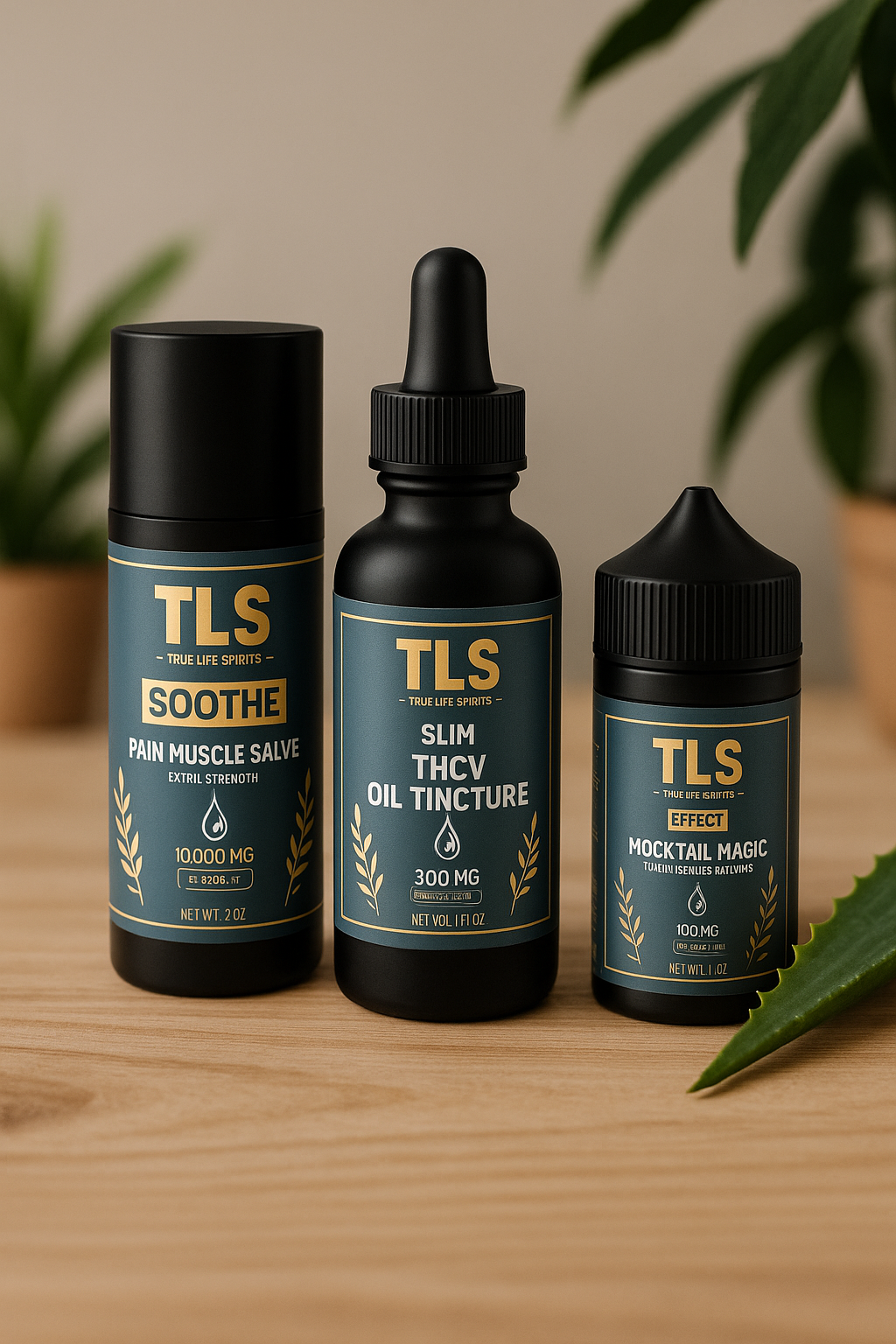
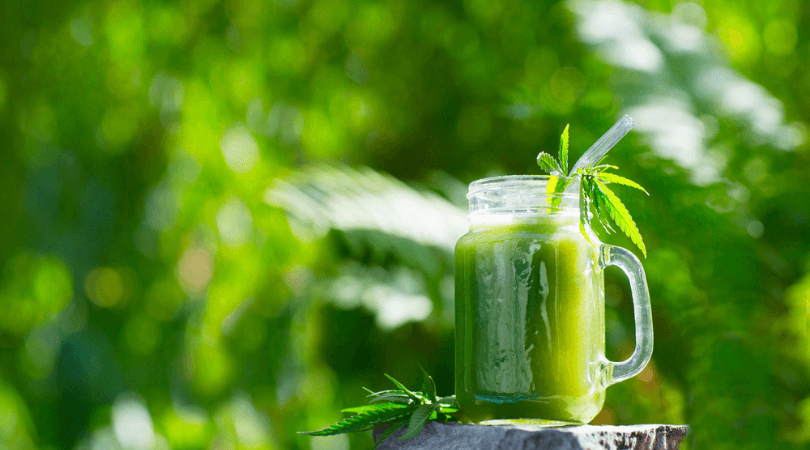
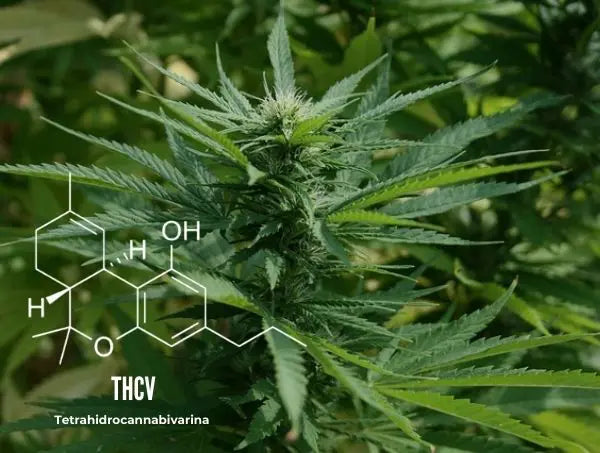
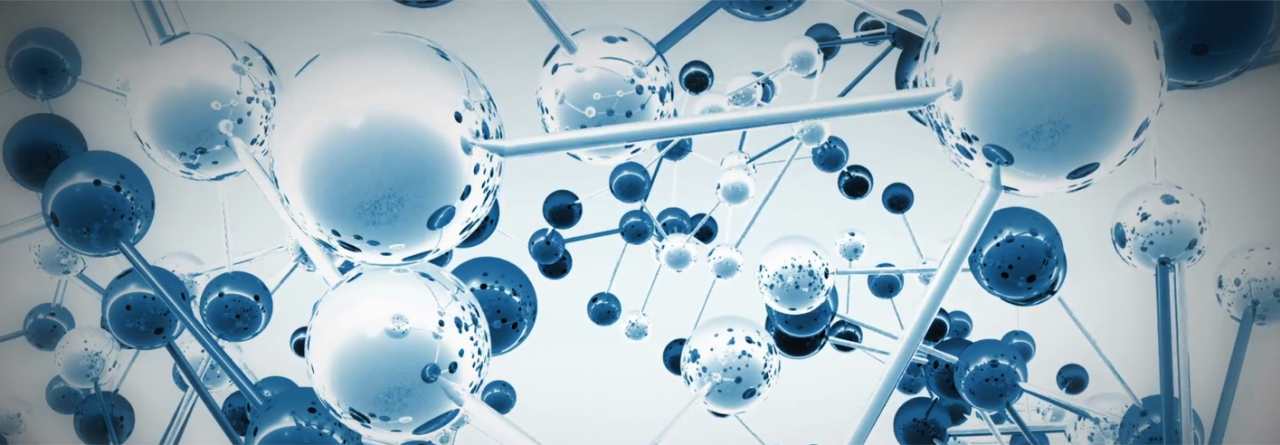
Leave a comment
This site is protected by hCaptcha and the hCaptcha Privacy Policy and Terms of Service apply.